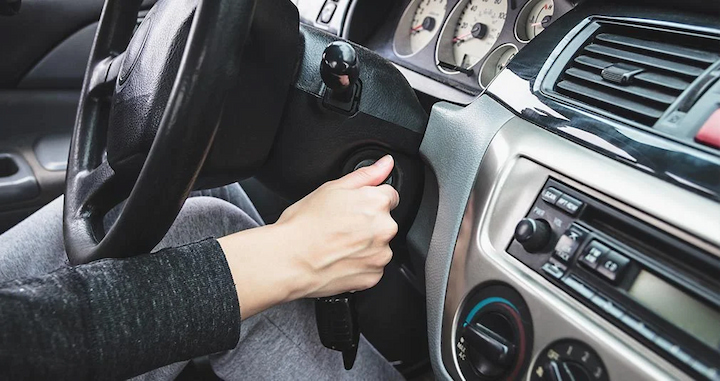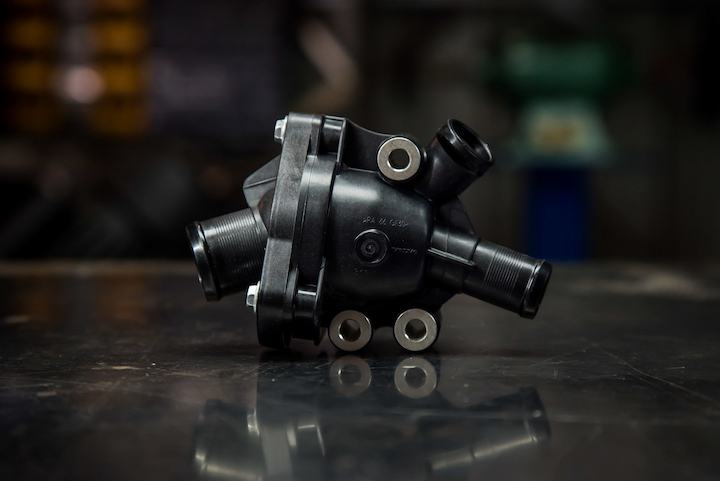Preventing Overheating Issues in Your Car: Common Causes and Parts Responsible
The temperature of your vehicle can be life-threatening in the summertime. When it gets hot outside, cars can heat up to dangerous temperatures. This is because the temperature inside a car continues to rise when it’s parked and not in use. Heat from the sun and interior electronics can lead to cracked dashboards and windshields, ruined airbags, and burned or dying batteries. This is why police officers encourage people not to leave their vehicles unattended with the engine running for longer than 15 minutes at a time.
Common Causes for High Car Temperature
One of the most common issues people have with their car is that it doesn’t start when they want to drive it. When this problem occurs, it’s because there is too much moisture in the vehicle system which can lead to damage over time. When moisture builds up inside your car’s engine, it can cause corrosion which will result in costly repairs. One way you can prevent this from happening is by using a moisture blocker.
A moisture blocker is a product that you insert into your vehicle’s engine before storage to reduce the amount of moisture absorbed by the metal. When used properly, this can help prevent corrosion and extend the life of your car’s components. The most important thing to remember when using a moisture blocker is to remove it from storage about a week before you want to start your car so it has time to dry out.

The best way to do this is by leaving the block in a warm, dry place, such as your garage or outside on a rack. If you leave the moisture blocker in your vehicle for too long, it could cause an engine fire which is why it’s important to check that there are no flames nearby when storing this product.
You should also make sure that the moisture blocker does not come in contact with any kind of oil, fuel or other fluids because this can damage its effectiveness. The best way to ensure that your car will start when you want it to is by using a moisture blocker. If you don’t use one and your vehicle is stored in cold temperatures, the condensation will be more prevalent which can damage components.
If you do store your car for an extended period of time, it’s important to remember that if there are any leaks or oil undercarriage issues, this can cause the moisture block to catch fire. You should also make sure that the engine has been cooled down before putting the moisture blocker into storage.
Parts Responsible for Preventing Issues
The temperature is measured by a thermostat, which is a device that senses the temperature of the engine and opens or closes to allow more or less coolant flow, respectively. The coolant circulation is powered by a drive belt connecting an accessory pulley on the front of the engine (usually driven by the camshaft) to a crank pulley on the rear of the engine (driven by the crankshaft through the main bearings).
The thermostat is located inside the thermostat housing, which is usually mounted to the front of the engine block. The thermostat housing has a hose connected to it that goes into the radiator, allowing coolant to flow through the system. The thermostat itself is a valve that opens and closes depending on the temperature difference between the coolant inside the engine and the coolant outside of the engine. When the temperature of the coolant changes, so does its pressure. As the temperature decreases, the pressure increases and as the temperature increases

The temperature gauge measures the actual operating temperature of the engine and should be used as an indicator only. The gauge is designed to activate at a pre-defined optimal temperature, which may be higher than the actual operating temperature of the engine. This difference can cause overreaction if the driver interprets an indicator as an alarm signal and reduces power output, or ignores it and risks overheating. The temperature gauge should always be used in conjunction with other gauges (e.g., oil pressure) and indicators (e.g., engine noise).
The temperature gauge is calibrated by adjusting its end stops. On most cars, these are screws that can be turned with a screwdriver or Allen key, typically accessed from under the steering column by pulling up on the release lever.
There are two main types of gauges: analog and digital. Analog gauges have been around for decades and provide a direct reading of pressure or temperature. They usually consist of a needle attached to a circular indicator that floats in liquid (usually oil). The position of the needle indicates what level the engine is at.
Digital gauges are more modern and provide a direct reading of pressure or temperature. They usually consist of an LCD display with numbers that indicate what level the engine is at. Digital gauges are becoming popular because they allow for additional features, such as alarms for overheating and oil pressure warnings, which analogs do not have.






![AFX Sauber F1 C44 Stake No24 Slot Car [22092]](https://www.availableonline.com.au/wp-content/uploads/2025/06/6ccd9e30-c6fa-4910-9081-5fcc3ba80b04__60843-520x245.jpg)
